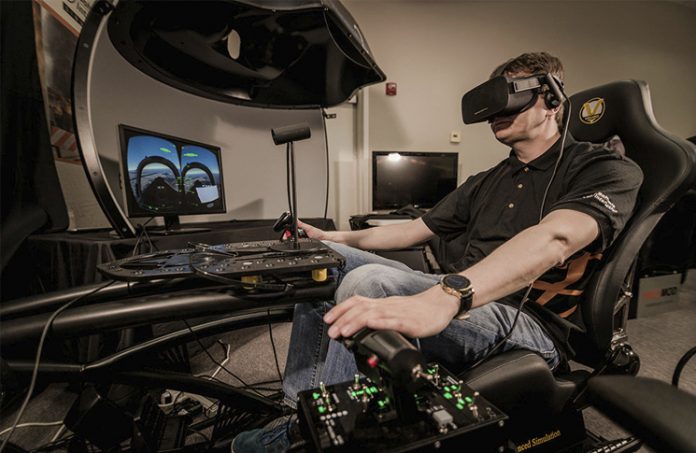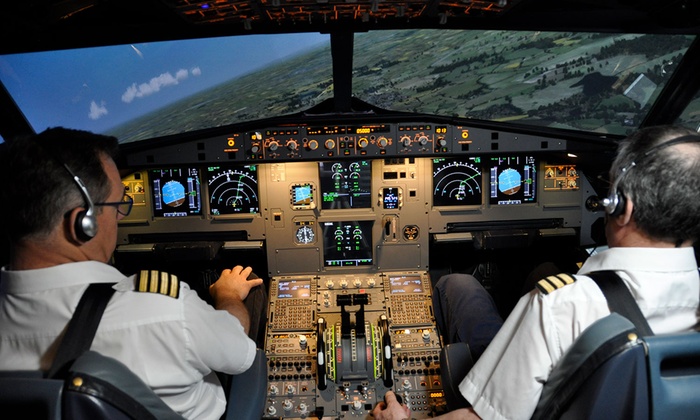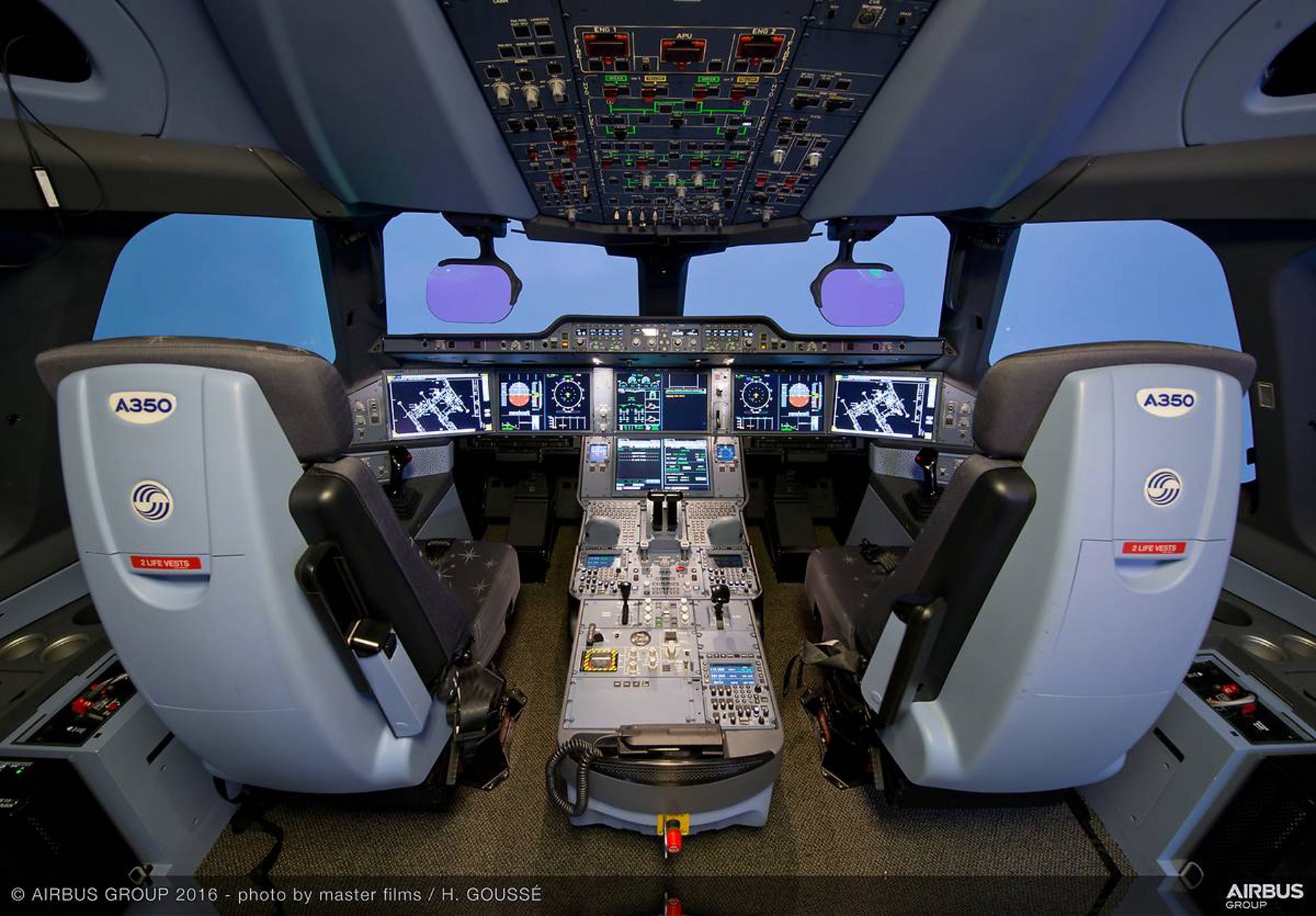Dreaming of becoming the pilot of your present of future personal jet This might soon become reality - at least virtual reality, to start from!
A great technology breakout is expected in the nearest future, as VR platforms are getting more advanced and will soon be able to provide higher quality for the visual aspect and not only. For pilot training it may mean a whole new era, bringing a new level of affordability.

The sphere of pilot training has always gone toe-to-toe with the best technologies of any respective epoch. For over 80 years pilots of both military and civil aviation, including private jet pilots, have been trained in flight simulators.
Such devices are extremely expensive: they literally weigh tons and represent a real-size cockpit, the front part of an aircraft. The machines are also equipped with video displays for the trainee pilots to observe runways or landscape.
Nowadays the international standard levels of full flight simulators, or FFS, are classified into 7 types. For exampe, type 7 is used both to train fully experienced pilots, as qualification improvement is required on regular basis, and for those who need to upgrade skills for a new aircraft type.

Costs of such simulators can reach $12 million each, not to mention the expenses for the machine to be operated. And what if the airplane model becomes outdated? Eventual training costs definitely make it an extremely expensive dream for many.
Over the past 10 years, virtual reality technology products have gained a strong position in the entertainment market (video games) but are also used with much excitement, and are pretty helpful, in other spheres, such as interior design. All in a blink of an eye, as it still seems quite fantastic!
The aviation industry has seen many breakthoughs in its technologies, and is undoubtedly open for VR innovations as they might bring an unprecedented new upturn into professional pilot training.
However experts are still indecisive whether such training provides fully-fledged efficiency. The main argument is the lack of physical sensation - presence in a cockpit, even if simulated, with the ability to reach for a real oxygen mask and physically feel any vibrations.

But changes are to be adopted, and they show quite favourable results.
The Air Force is already applying the VR technology for the pilot training system. It is also integrated at private pilot schools, replacing video tutorials.
Thus, VR platforms are already changing the pilot training systems, both in commercial and private aviation segments.
Unlike the traditional flight simulator training which usually takes about a year and is rather costly, the VR pilot training can come at around $1,000 and finish within months even though additional studies would still be required. The future is stepping in!
